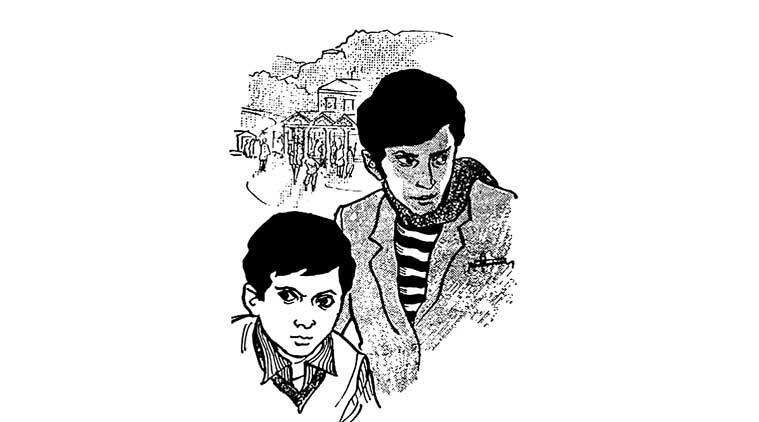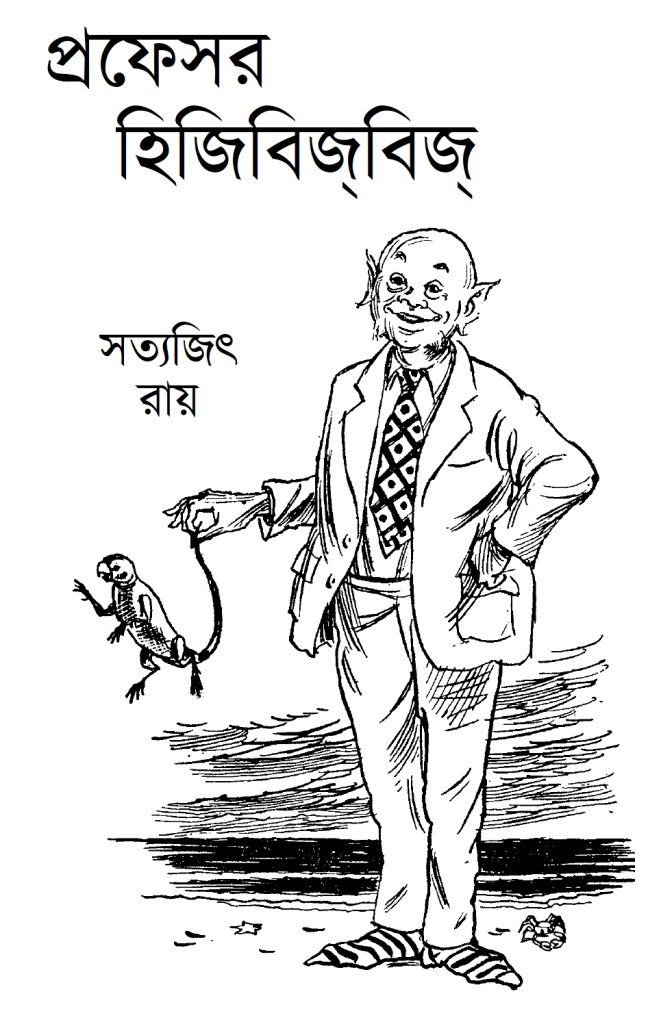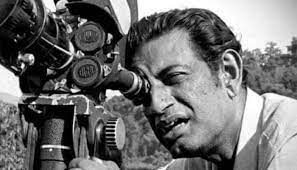SOURCE: TOI
It’s his death anniversary. It’s also World Book Day. Yet, it’s a tragedy that most Indians think of Satyajit Ray almost exclusively as the serious filmmaker who used to make complex award-winning cinema about poor villagers and conflicted women. They couldn’t be more wrong.
Ray’s polymath personality is obvious from his films — which he not only scripted and directed but also composed music for, designed title cards for and created marvelous sets for (often on ridiculously small budgets). But only those who grew up reading Ray as a writer of short stories and detective fiction in Bengali know about the most endearing aspect of the great filmmaker: Ray was a hardcore geek who was fascinated by crime, science, magic, the supernatural, aliens, artificial intelligence and robots. This fascination comes through in the dozens of short stories he wrote (quite literally dozens, as he always published these stories in bunches of 12 and played around with the Bengali word for 12, ‘baro’, when it came to naming the anthologies).
This is the many Bengalis knew first, even before watching any of his films — barring the quirky, extremely funny children’s film ‘Goopy Gyne Bagha Byne’. Most of the Bongs started reading Ray’s detective fiction (the Feluda stories) and his short fiction at around the age of 12/13 – and while we still love the Feluda books, they have remained somewhat unidimensional, whereas re-readings of many of his short stories reveal deeper layers that were not obvious to a teenage mind.
And that’s because not only did Ray write about robots and aliens and evil scientists, he thought deeply and seriously about them. His stories contain the evidence of a playful mind that loved this kind of geeky stuff, but that also dived into the complex layers of morality and ethics of many of these topics. He was not just writing crowd-pleasing ‘children’s literature' using tropes that would draw geeky kids in — he was genuinely obsessed with them and used them to explore questions of ethics, identity and tensions between humans and nature.

Ray’s stories were simply kick-ass tales about ghosts, imaginary monsters, extraterrestrials, scientists with annihilation guns, time travel, and dinosaurs.
Yes, dinosaurs. In the short story The Pterodactyl’s Egg, a middle-class Bengali man gets into other-worldly conversation with a man who claims to be a time traveler and carries around a dinosaur egg in his pocket; he says he picked it up during a fight between a pterodactyl and a stegosaurus during one of his many time-traveling jaunts. In Brihochonchu (Big Bill), another middle-class office worker with an interest in herbalism rescues a tiny baby bird in the forests of Dandakaranya, and over the next few months watches the chick grow into a huge, flesh-eating, definitely prehistoric and quite monstrous bird that nevertheless remains fond of its diminutive master.

There’s The Hungry Septopus, featuring a deadly mammoth carnivorous plant; Professor Hijibijbij, which is about an evil genius scientist obsessed with creating a living replica of a mythical monster described in a popular Bengali children’s rhyme (incidentally written by Ray’s father, the crazily talented Sukumar); and of course, Bonku Babu’s Friend — one of Ray’s most famous short stories about a timid alien that gets left behind on Earth when his spaceship takes off (if that sounds familiar, it’s for good reason. The story was supposed to be developed into a Hollywood project that fell through, and even Martin Scorcese believes that Ray’s script was a huge influence on the way ET took shape).
One of Ray’s less well-known stories which represents how far ahead of his time his imagination was is set in a future that looks quite a lot like the present — except that it’s entirely commonplace to pick up a robot servant at a shop in Calcutta’s Chowringhee. The story, titled Anukul, begins with a well-to-do Bengali man buying a highly anthropomorphized robotic housekeeper, explores how his relationship with this ‘man’ changes, and tackles big ideas such as intelligence vs instinct, loyalty and robotic “feelings”.
Another favourite is about an imaginative young boy called Tipu who is obsessed with fairy tales. Tipu meets a strange, otherwordly creature who tells him it has been bound to earth by some arcane magic and will be freed only when it helps the young boy get rid of something that’s making him deeply unhappy. In the beginning of the story, Tipu is not unhappy, but soon something happens that does induce in him the kind of misery which, according to the strange creature, makes one go “blue behind the ears”–a strict schoolteacher takes away his stash of comics and fairy tales. Until, in a scene filled with hair-raising tension, the mythical Pegasus comes to his rescue and teaches the Dolores Umbridge-like teacher a lesson.
And the thing is, the love affair with Ray’s imagination doesn’t end with childhood. Just as one can watch his films over and over again and discover something new each time, his stories can be read time and again — heart beating fast, palms sweaty, scalp tingling.
Just the way the sci-fi-loving crazy genius geek Ray would have liked it.

